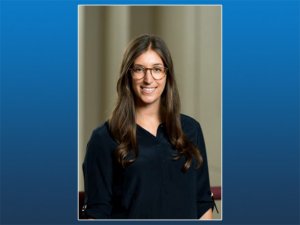Presented By: Department of Psychology
Via BlueJeans - Biopsychology Colloquium: Vocal flexibility in gelada monkeys
Missy Painter, Biopsychology Graduate Student

Missy's 619 talk will be accessible by this BlueJeans link: see below
Humans are remarkable vocal learners. The language we learn to speak as children is entirely based on the speech we hear around us, and as adults, we even match our pronunciations to those of others in our social groups. What are the evolutionary origins of this vocal flexibility? Our closest living relatives, the nonhuman primates, are born with the ability to produce all of their vocalizations. However, they may adjust their vocalizations in more subtle ways to match those of others in their social groups, just as humans do. Using acoustic analysis methods, I assessed whether the calls of gelada monkeys, a highly vocal primate species, differed across social groups. In this talk, I will share my findings and discuss a possible spatial cohesion function for vocal matching in this species.
Humans are remarkable vocal learners. The language we learn to speak as children is entirely based on the speech we hear around us, and as adults, we even match our pronunciations to those of others in our social groups. What are the evolutionary origins of this vocal flexibility? Our closest living relatives, the nonhuman primates, are born with the ability to produce all of their vocalizations. However, they may adjust their vocalizations in more subtle ways to match those of others in their social groups, just as humans do. Using acoustic analysis methods, I assessed whether the calls of gelada monkeys, a highly vocal primate species, differed across social groups. In this talk, I will share my findings and discuss a possible spatial cohesion function for vocal matching in this species.